All Courses
Industrial
Advance Firefighting and Rescue Training

Understand Basic Fire Science, Fire
Development Growth and principles
of rescue
Understand different fire attack
method such as fire team
composition, direct and indirect
method.
Demonstrate initial Firefighting
response using first aid firefighting
equipment.
Demonstrate different rescue
operation technique (non-improvised
and improvised) such as using rescue
rope.
Practical training of what is a SCBA and how to wear and use it in real fire extinguishing situation.
Hazmat Operation Training
Course Outcome:
Safeguard own self and other’s health and safety
Understand the knowledge and skill needed to recognize
Determine the presence of hazmat
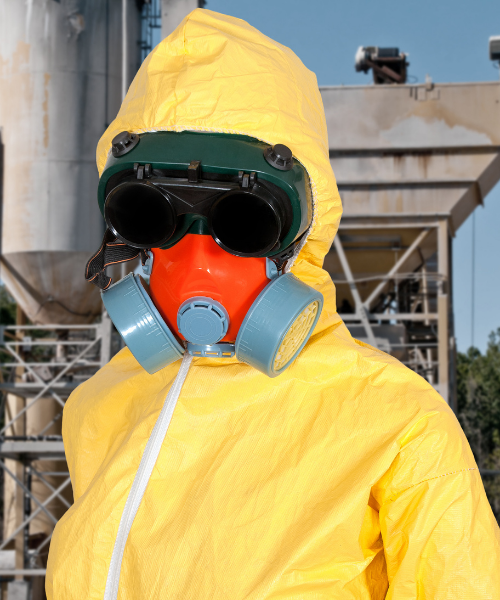
Tank Fire Hazard and Incident Management
Course Outcome:
Understand the types of scenario for tank incidents and the associated escalation
Understand the effects of foam on the environment
Understand the foam application requirements and the associated tactics and techniques fordifferent scenarios

Basic Fire Safety
Course Outcome:
Understand Basic Fire Science, Fire
Development Growth and principles
of rescue
Define basic rescue priority and
initiate basic rescue planning
Understand class of Fire and
principal method of Fire
Extinguishment
Demonstrate different rescue
operation technique (non-improvised
and improvised) such as using rescue
rope.
Demonstrate initial Firefighting
response using first aid firefighting
equipment such as Portable Fire
Extinguisher, Fire Hose Reel and Fire
Blanket
Demonstrate basic rescue technique
(non-improvised and improvised)
such as using foldable stretcher,
utilizing blanket, stretcher-based
rescue method and snatch rescue.
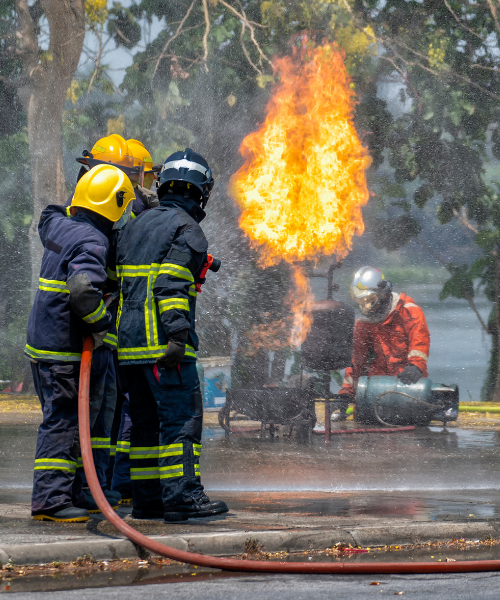
On Scene Commander
Course Outcome:
Evaluate the strength and weakness of respective ERT in their own workplace
Command in tactical and Strategy terms during emergencies
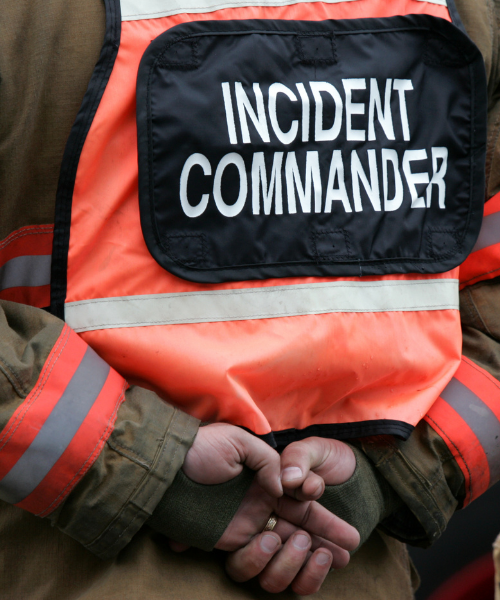
Fire Drill Management
Theory

Basic Fire Safety Management for Industry
Course Outcome:
Understand the fire prevention and mitigation
Understand the types of detection and laram in a building
Undertand and able to plan evacuation routes in a building
Understand the separation zones and compartmentation
Able to demonstrate a fire emergency action plan (EAP) and
typical fire emergency action plan
content
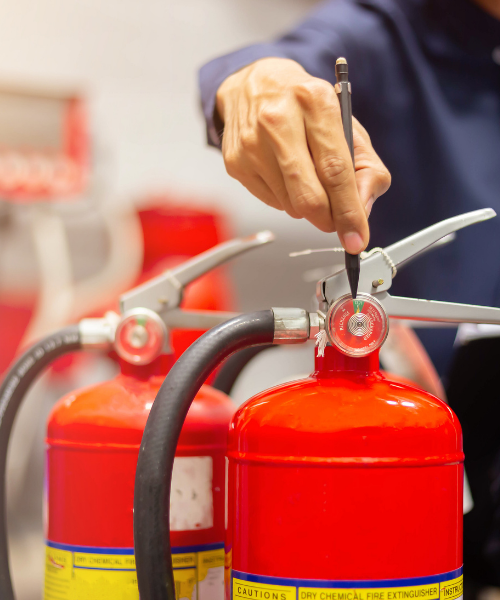
Fire Investigation
Course Outcome:
Understand the Fundamentals of fire science
Understand the fire properties of materials
Understand the Fire ignition mechanisms and fire dynamics
Understand for damage mechanisms from fire
Understand the fire scene processing and evaluation
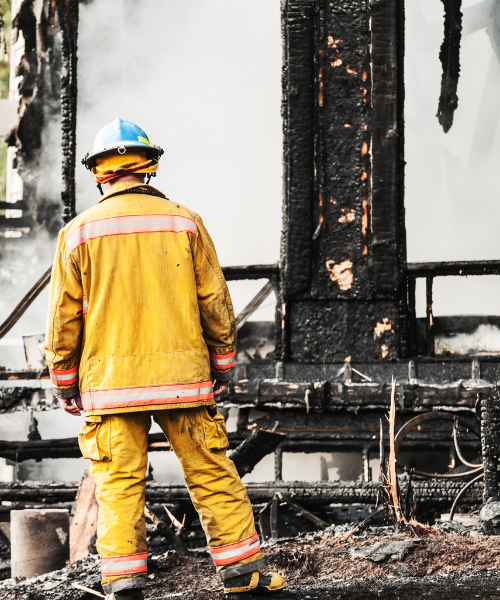
Building
Fire Warden and Management
Course Outcome:
Understand different types of fire extinguisher
Demonstrate the use of the fire extinguisher promptly
Demonstrate the ability to manage small fire, safely and effectively
Plan and prepare effective
emergency plans
Develop the hierarchy of commands
Understand Evacuation & Emergency response procedures
Lead and contribute directly in the event of emergency
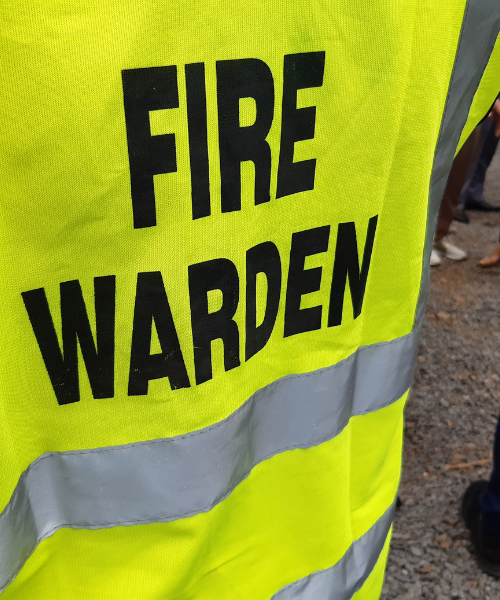
Rescue In Confined Space
Course Outcome:
Conduct monitoring of the environment using appropriate equipment and personal protective equipment to assess the situation
Prepare and enter a confined space-maintaining communication, using PPE and confined space rescue tool kit to maintain the safety
Package a victim for removal from confined space to minimize harm; and
Remove all entrants from a confined
space with established PPE, retrieval
systems and ensure victims are
treated
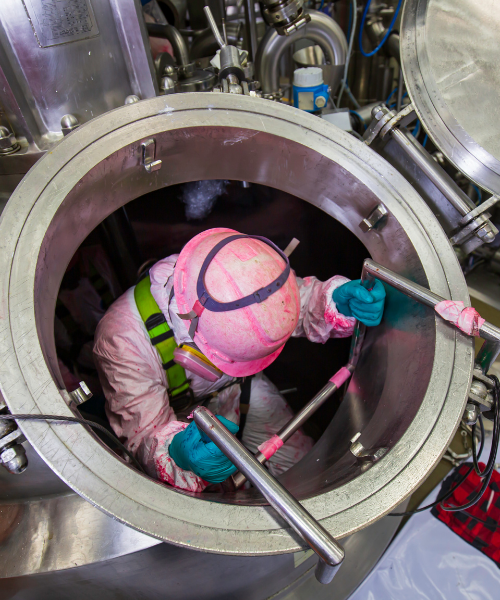
Active And Passive Fire System In Building
Course Outcome:
Understand the types of fire protection system ie; active and passive
Undertsnad flow of event during fire emergency
Undertstand fire protection facilities and management
Understand problem faced for maintenance and good practices

Fire Certificate
Application Requirement CCC in Fire Scope
Course Outcome:
Understand the procedure in submission of plans to FRDM
Understand the building safety site plan and floor plan
Understand the procedure and requirement during submission of M&E plan
Understand the requirements and procedures of fire safety inspection in obtaining a fire certificate
Understand the requirement duringinspection procedures for CCC application

Fire Certificate Management for Industry
Course Outcome:
Understand the purpose of Fire Certificate
Understand the criteria and applicant of Fire Certificate
Understand the procedure and requirements in preparation of Fire Certificate

Aviation
Emergency Management and Crisis Preparedness
Course Outcome:
Develop decision-making and incident management skills
Flexible and adaptable to any organization including industrial settings.
Improve the crisis preparedness, response and recovery plans
Promote the health and safety
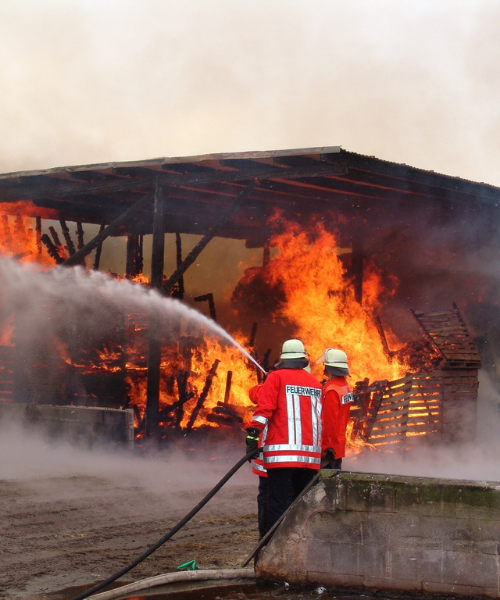
Oil & Gas
LNG Fire Hazard and Incident Management
Course Outcome:
Understand the Liquefied Natural
Gas (LNG)
Describe modes of LNG transportation and the use of LNG as a fuel
Identify the basic considerations
concerning LNG containers
Identify the appropriate incident objectives for a safe and effective response

All Courses
Choose Your Course and Register Now
Choosing the right fire safety course is essential for improving your skills and knowledge in fire prevention and response. Courses are available at all levels, from basic awareness to advanced training for professionals. Select the course that matches your goals and prioritize fire safety in your life or career.”
Advance Firefighting and Rescue Training

Understand Basic Fire Science, Fire
Development Growth and principles
of rescue
Understand different fire attack
method such as fire team
composition, direct and indirect
method.
Demonstrate initial Firefighting
response using first aid firefighting
equipment.
Demonstrate different rescue
operation technique (non-improvised
and improvised) such as using rescue
rope.
Practical training of what is a SCBA and how to wear and use it in real fire extinguishing situation.
Hazmat Operation Training
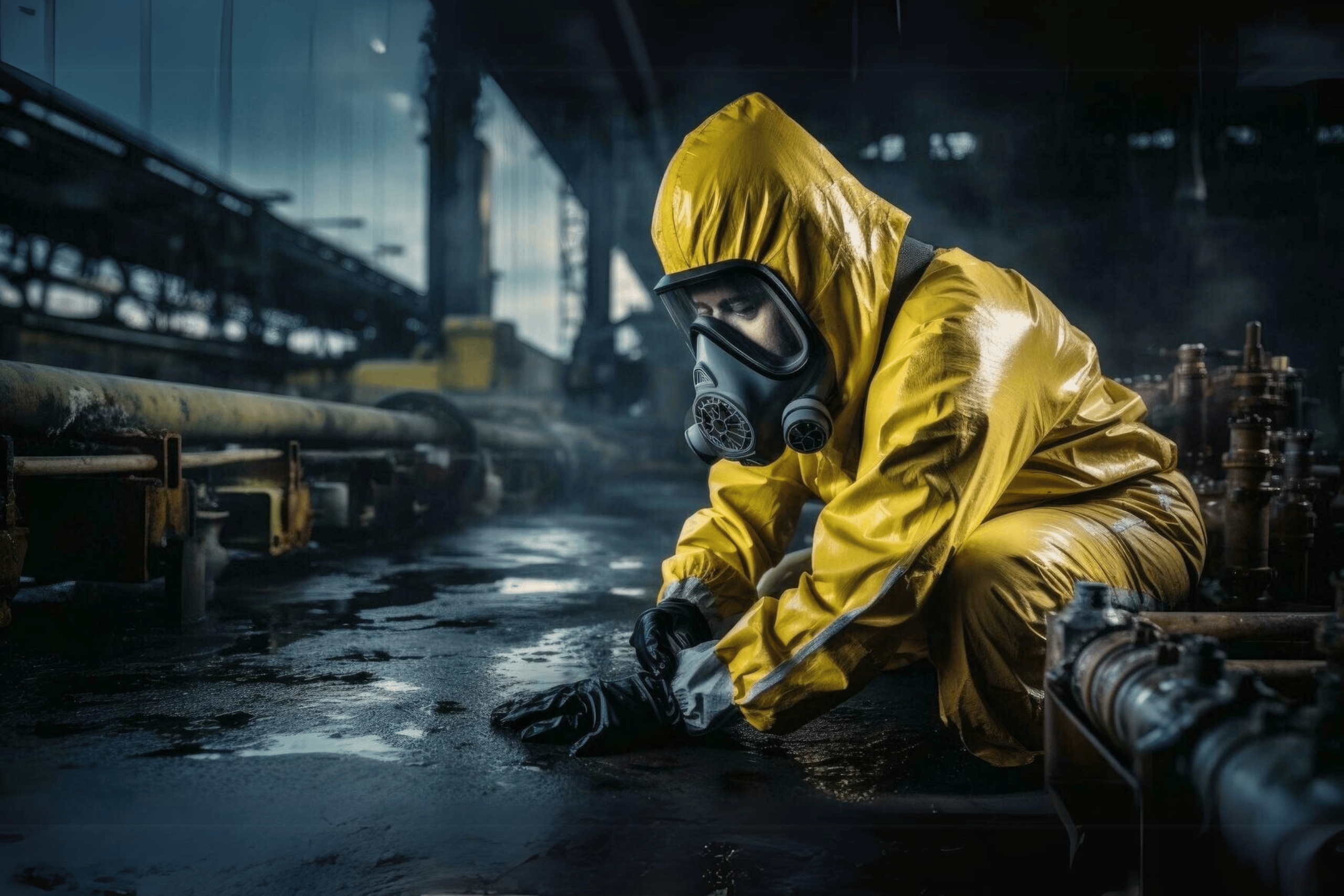
Safeguard own self and other’s health and safety
Understand the knowledge and skill needed to recognize
Determine the presence of hazmat
Tank Fire Hazard and Incident Management
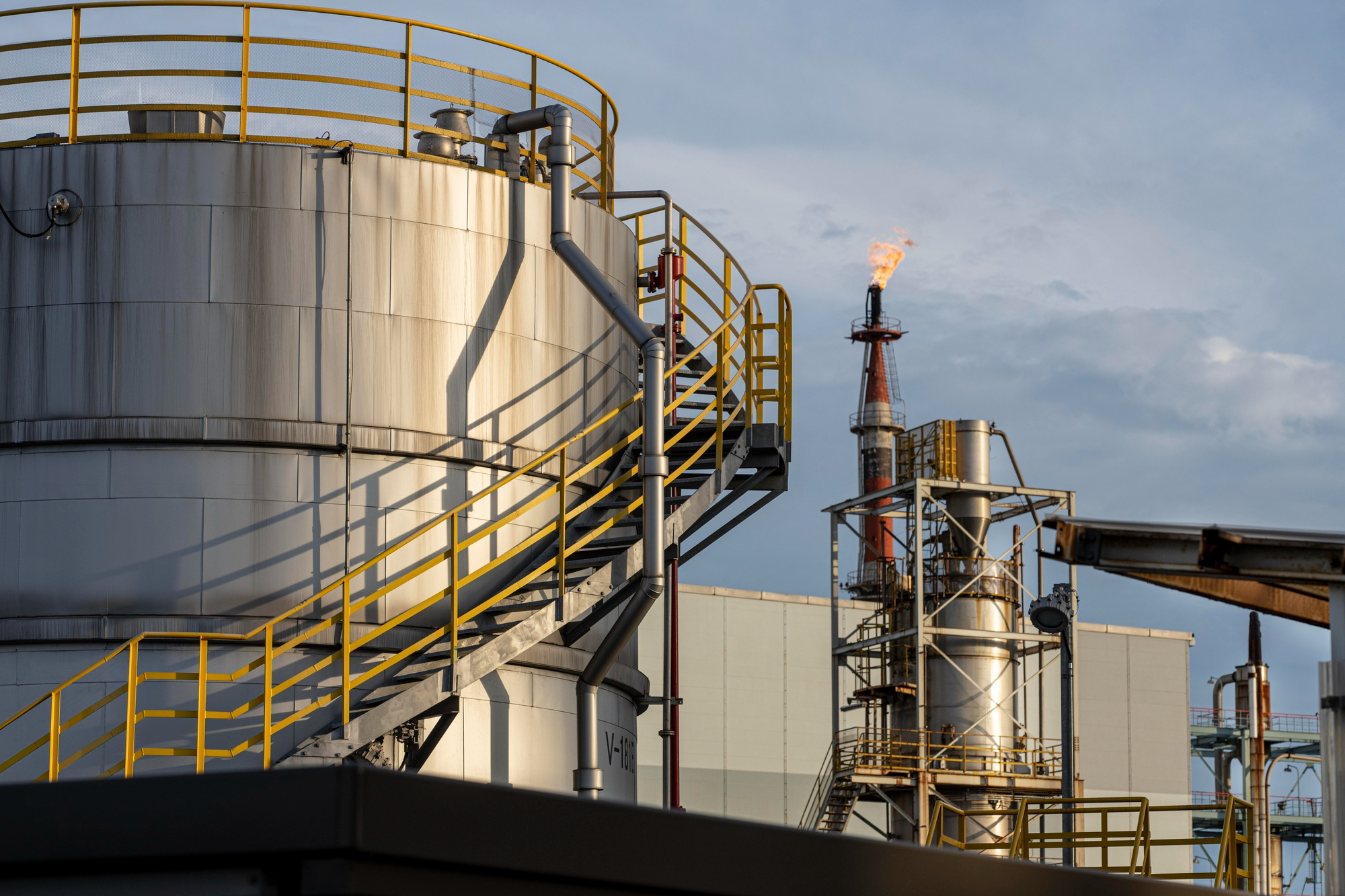
Understand the types of scenario for tank incidents and the associated escalation
Understand the effects of foam on the environment
Understand the foam application requirements and the associated tactics and techniques fordifferent scenarios
Basic Fire Safety

Understand Basic Fire Science, Fire
Development Growth and principles
of rescue
Define basic rescue priority and
initiate basic rescue planning
Understand class of Fire and
principal method of Fire
Extinguishment
Demonstrate different rescue
operation technique (non-improvised
and improvised) such as using rescue
rope.
Demonstrate initial Firefighting
response using first aid firefighting
equipment such as Portable Fire
Extinguisher, Fire Hose Reel and Fire
Blanket
Demonstrate basic rescue technique
(non-improvised and improvised)
such as using foldable stretcher,
utilizing blanket, stretcher-based
rescue method and snatch rescue.
Fire Drill Management

Fire Investigation

Understand the Fundamentals of fire science
Understand the fire properties of materials
Understand the Fire ignition mechanisms and fire dynamics
Understand for damage mechanisms from fire
Understand the fire scene processing and evaluation
On Scene Command
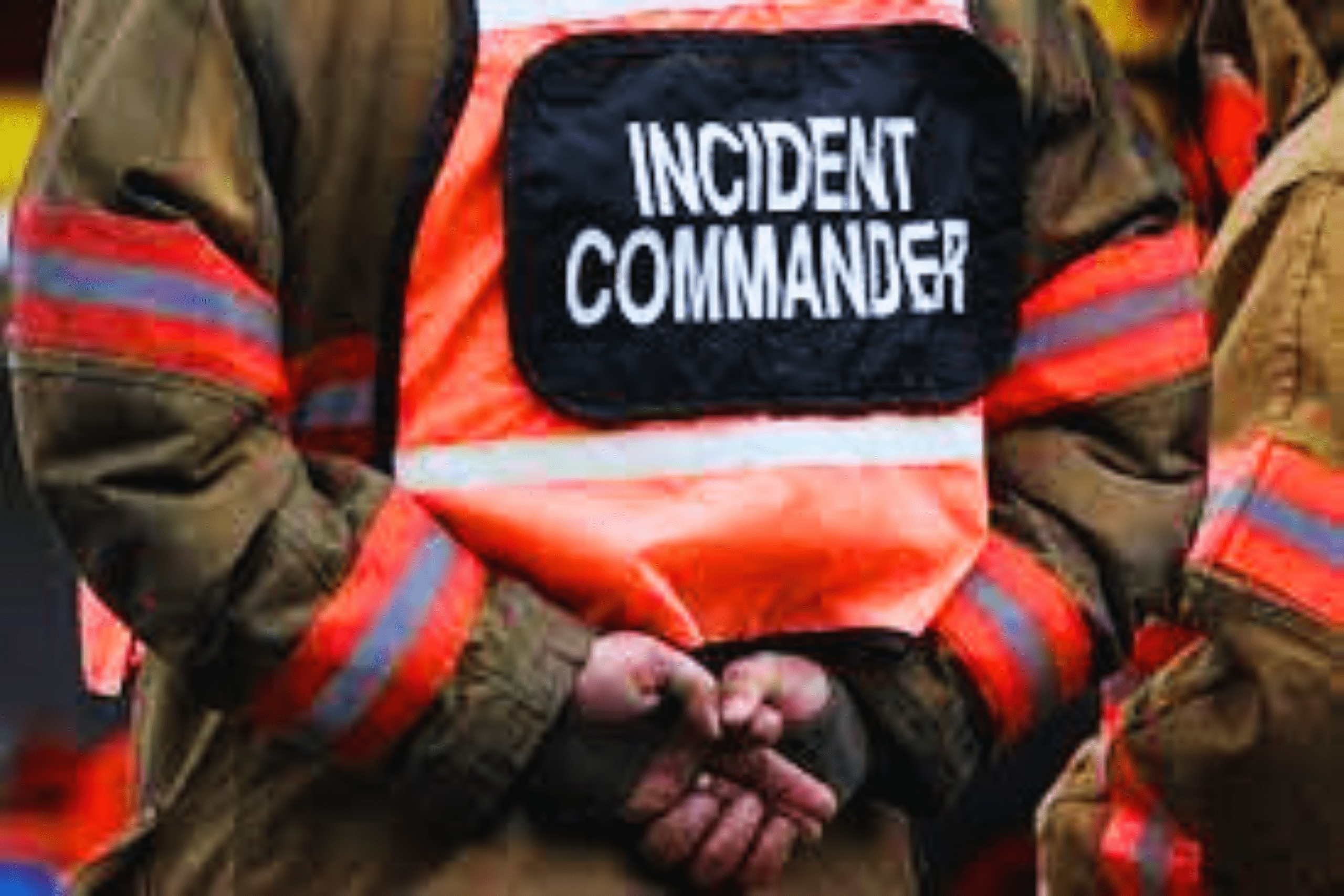
Evaluate the strength and weakness of respective ERT in their own workplace
Command in tactical and Strategy terms during emergencies
Fire Warden Management
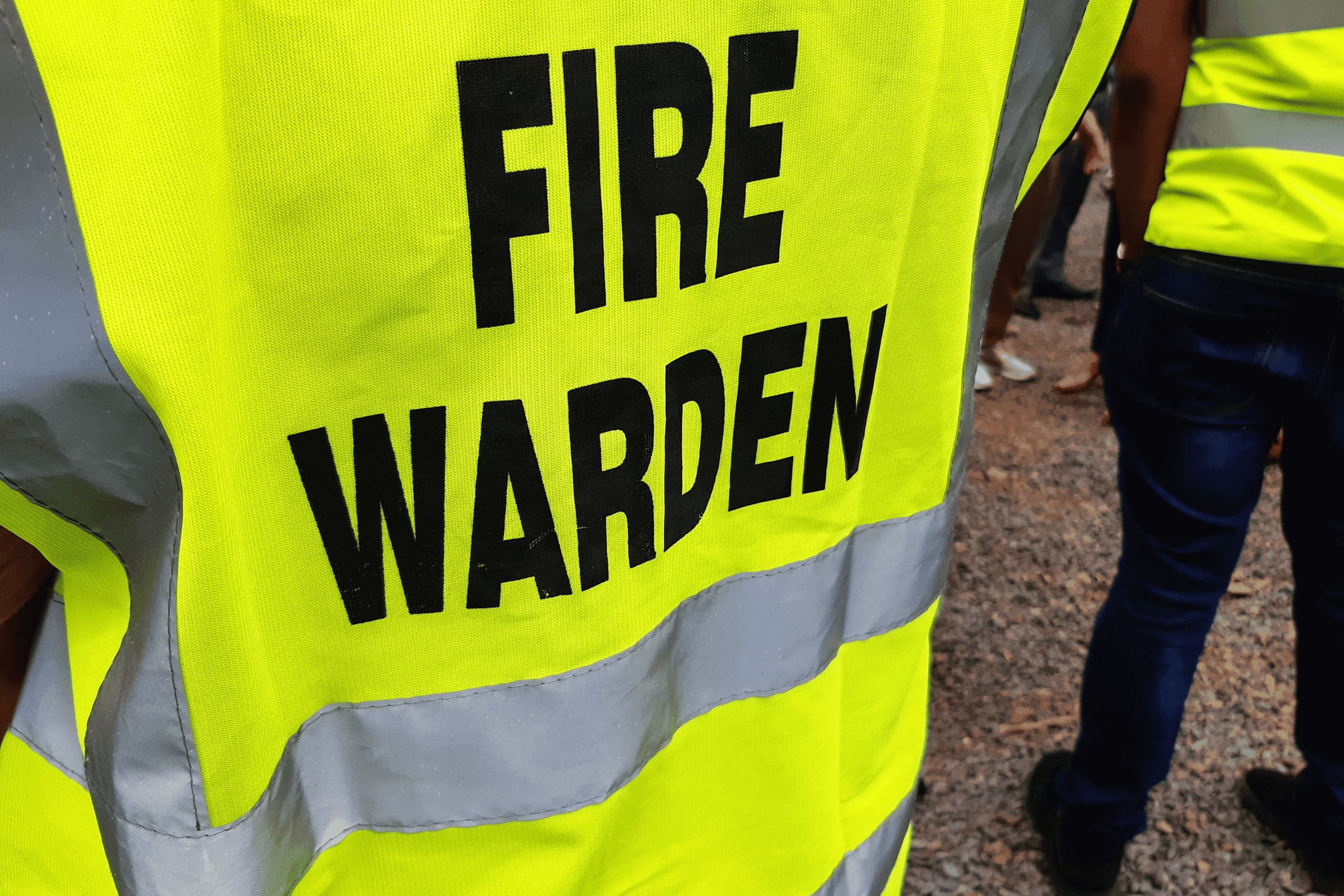
Understand different types of fire extinguisher
Demonstrate the use of the fire extinguisher promptly
Demonstrate the ability to manage small fire, safely and effectively
Plan and prepare effective
emergency plans
Develop the hierarchy of commands
Understand Evacuation & Emergency response procedures
Lead and contribute directly in the event of emergency
Rescue In Confined Space

Conduct monitoring of the environment using appropriate equipment and personal protective equipment to assess the situation
Prepare and enter a confined space-maintaining communication, using PPE and confined space rescue tool kit to maintain the safety
Package a victim for removal from confined space to minimize harm; and
Remove all entrants from a confined
space with established PPE, retrieval
systems and ensure victims are
treated
Active and Passive Fire System in Building

Understand the types of fire protection system ie; active and passive
Understand flow of event during fire emergency
Understand fire protection facilities and management
Understand problem faced for maintenance and good practices
Application Requirement CCC in Fire Scope

Understand the procedure in submission of plans to FRDM
Understand the building safety site plan and floor plan
Understand the procedure and requirement during submission of M&E plan
Understand the requirements and procedures of fire safety inspection in obtaining a fire certificate
Understand the requirement duringinspection procedures for CCC application
Fire Certificate Management for Industry

Understand the purpose of Fire Certificate
Understand the criteria and applicant of Fire Certificate
Understand the procedure and requirements in preparation of Fire Certificate
Emergency Management and Crisis Preparedness

Develop decision-making and incident management skills
Flexible and adaptable to any organization including industrial settings.
Improve the crisis preparedness, response and recovery plans
Promote the health and safety
LNG Fire Hazard and Incident Management

Understand the Liquefied Natural
Gas (LNG)
Describe modes of LNG transportation and the use of LNG as a fuel
Identify the basic considerations
concerning LNG containers
Identify the appropriate incident objectives for a safe and effective response
Basic Fire Safety Management for Industry

Understand the fire prevention and mitigation
Understand the types of detection and laram in a building
Undertand and able to plan evacuation routes in a building
Understand the separation zones and compartmentation
Able to demonstrate a fire emergency action plan (EAP) and
typical fire emergency action plan
content